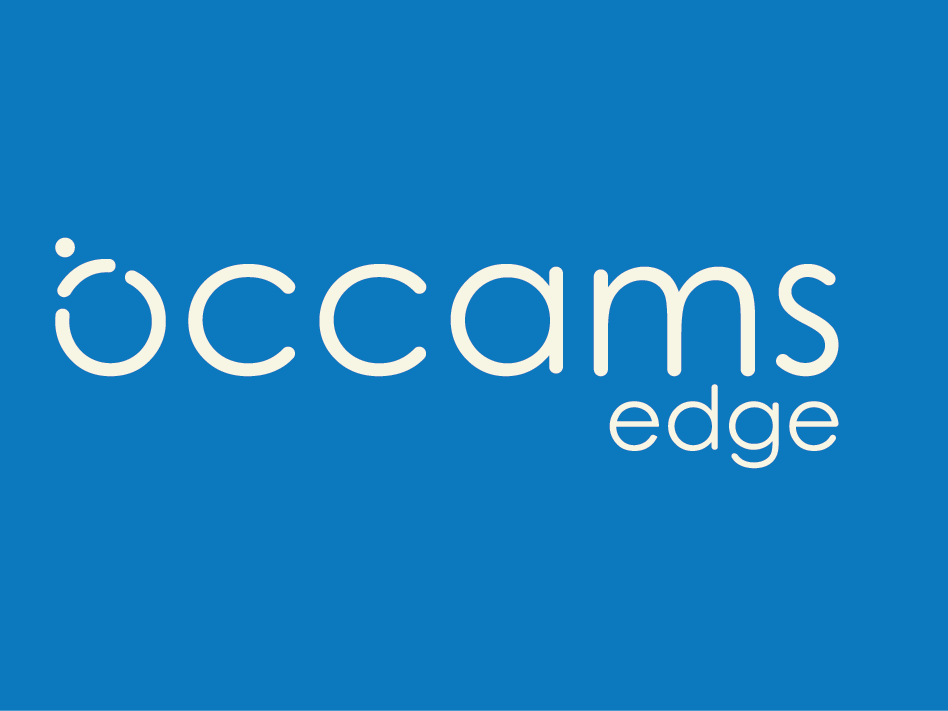Last week we talked about how meetings are a proxy for the culture in your organization. In particular, we highlighted engagement, leadership, and accountability as well as the importance of these interactions for collaboration, connection, and relationship building.
One of the more interesting discussions that has emerged post our interviews is whether or not a meeting or interaction is real or fake. By this, it was suggested, that not all meetings are required. The argument for fake meetings is that: we all have too many meetings on our calendars, most of them are unproductive, and most of them don’t make good progress. So, they are probably fake, or not required.
“Fake meetings should be cancelled, if they are repetitive and routine, or you need to figure out how to make them real.” Was the assertion from one executive.
So how do we ascertain if a meeting is Real of Fake?
Scenario
Dave calls an hour-long project team meeting and adds people from a few other functions to cover all bases, just in case they are needed. Dave, shares information and explains the importance of the project to everyone. The team members already involved in the project, nod every so often, while checking emails or preparing for their next meetings. The people from the outside the team are not quite sure why they were included but they take notes to show how engaged they are while trying to stay awake. The meeting concludes right on time and Dave adjourns smiling and noting that he always finishes right on time because of how much he values everyone’s time.
So, real of fake? Here are a few questions to ask yourself about the above scenario, or a recent meeting you attended. Answer these questions at every interaction and you’ll begin to think about meetings in a different way:
- Was there a clear agenda and goal for the meeting?
- How many people actually spoke during the meeting?
- How many people actually participated during the meeting in a discussion about problems needing resolution or was this an illusion of collaboration?
- Were there agreed upon actions and outcomes at the conclusion of the meeting?
- Could Dave have shared this information in an email or through a collaboration platform?
Our answer: Fake meeting.
Meetings can be incredibly productive and energizing or a seed that causes behavioral complexity. To make sure your interactions are in the former category and not the latter think about changing your approach to meetings. Reset the number, length, purpose, participation and outcome expectations, follow up actions, and accountability.
The following are “must haves” for meeting protocol and decision making. Together they have an exponential impact on results and a positive impact on engagement:
- Is the meeting truly necessary?
- Set very clear meeting purpose, expectations and decisions to be made at the meeting in the invite.
- Create shorter interactions. (Think about a 50% reduction)
- Send agenda and materials in advance – ask for confirmation of review before invitees attend the meeting. No review no attendance.
- Start and end on time, have a no exceptions policy, maybe?
- Include necessary individuals only. The practice of “optional” invitees should be discouraged.
- Assign a point person to keep the agenda focused and on track.
- Engage all participants.
- Monologues should not be allowed.
- Action items and responsibilities should be discussed and agreed to before the meeting concludes and confirmed in writing after meeting.
A recent article in the Harvard Business Review (HBR) quoted an excerpt from the corporate blog of a senior executive in the pharmaceutical industry:
I believe that our abundance of meetings at our company is the Cultural Tax we pay for the inclusive, learning environment that we want to foster…and I’m ok with that. If the alternative to more meetings is more autocratic decision-making, less input from all levels throughout the organization, and fewer opportunities to ensure alignment and communication by personal interaction, then give me more meetings any time!
Our belief is that meetings can create engagement, leadership, and accountability as well facilitate collaboration, connection, and relationship building. A Cultural Tax is only created when interactions become burdensome, unproductive, and disengaging. The alternative is not autocracy. The alternative is diluted results, time consumption, and frustration.
The answer is simply to design and conduct meetings in a thoughtful way that reaches the desired outcome.



